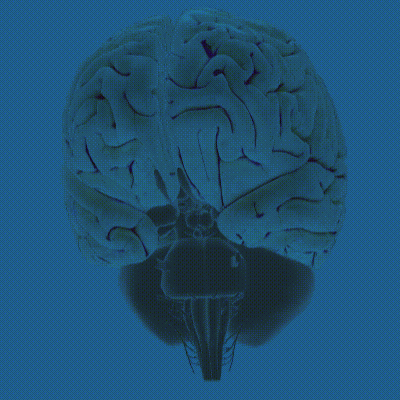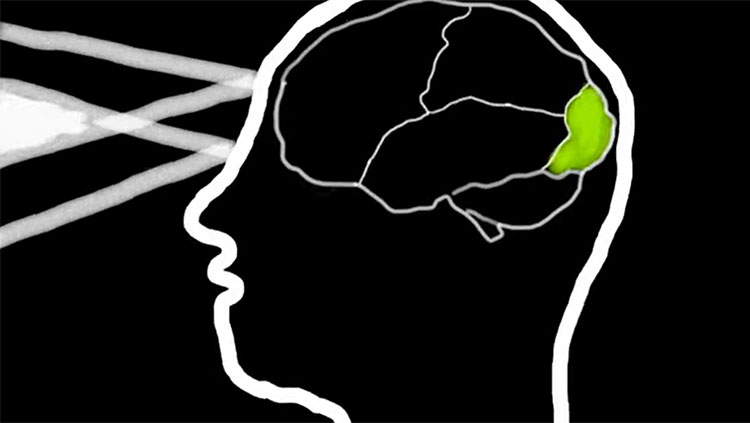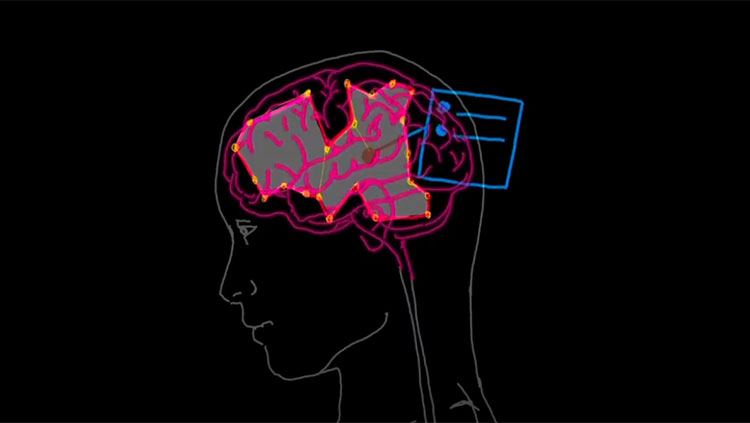The Mechanisms Behind Why We Struggle With Multitasking
- Published1 May 2019
- Author Kayt Sukel
- Source BrainFacts/SfN

Fighter pilots executing a successful combat mission must be masters of multitasking. Minimally, they attend to direction, altitude, windspeed, the position of their wingman, fuel levels, weapon systems, and mission communications all while making tactical decisions and streaking across the sky at 10 miles per minute.
Fighter pilots may be true virtuosos, but most people assert they can handle a few tasks at the same time. The fact is the brain is not good at multitasking even though our daily lives often demand that we handle more than one thing at a time.
“People multitask all the time,” said Larry Rosen, Professor Emeritus at California State University, Dominguez Hills. “But outside the laboratory, we don’t have a good way of assessing what the effects of doing so really are. We think we’re handling it even when things are falling between the cracks.” Rosen, who has spent his career studying multitasking, says we don’t realize the toll that splitting our attention and other cognitive resources takes on our performance.
Take something as simple as trying to watch a television show while texting with a friend on your phone.
“You may not notice at first how much you are missing on the television,” Rosen said. “But all of a sudden, you’ll look up and think, ‘Wait, what just happened?’ and have to ask the person sitting next to you what’s going on or rewind the show a bit. We seem to have a misconception that we have these super brains that can do anything — but, in fact, we are quite limited in what we are able to juggle at the same time.”
We seem to have a misconception that we have these super brains that can do anything — but, in fact, we are quite limited in what we are able to juggle at the same time.
During his career Michael Posner, Professor Emeritus of psychology at the University of Oregon has sought an understanding of the mechanisms of attention. Attention networks include those involved in alerting, orienting, and executive control. The networks are located in mostly separate brain areas within the cortex and in brain areas below the cortex.
“Working together attention networks help you orient to aspects of the environment and maintain focus in accord with your present goals,” he said. “Multitasking uses executive control to switch between environmental events and stored memories to carry out different tasks.
Yet, that network possesses but a limited pool of resources, Rosen argued. Even a seemingly innocuous interruption like a text message alert during a university lecture can disrupt its function.
“We don’t realize that these bells and whistles aren’t just bells and whistles,” he said. “When your phone beeps letting you know there is an email, your brain doesn’t just register the beep and move on. You start wondering who might have sent the email, if it was important, whether you should stop what you are doing and check it right now, whether it might be that important message you were expecting. There’s a lot going on inside your head after that one little beep and it’s hard to ignore — and while you are paying attention to those internal messages, it’s really difficult to pay attention to the task at hand.
Two Tasks at Once
That doesn’t mean humans are wholly incapable of doing two things at once. For example, most of us successfully converse with a friend while taking a stroll. But, walking and speech draw on separate cognitive resources.
A recent neuroimaging study conducted by members of Jonathan Cohen’s lab at Princeton University demonstrated that people are better at multitasking when their internal representations of the two tasks are less similar — and you can see those differences in the prefrontal cortex activation.
“In simple terms, you may be able to walk down the street while talking with a friend but it becomes much harder to talk to your friend while you are trying to write an essay unrelated to whatever the two of you are talking about,” said Abigail Novick Hoskin, a graduate student in Cohen’s lab. “That’s because walking and talking involves two different brain systems but talking and writing will share a system. In the latter situation, it’s like you have two trains trying to use the same tracks in order to go in different directions — it just doesn’t work.
Even with dissimilar tasks, we still need to delegate where we place our focus. Walking and talking may work just fine until you hit an unexpected bump in the sidewalk.
“There’s some sort of bottleneck in the brain,” said Novick Hoskin. “You can only pay attention to so many things at the same time without cost. Additionally, there seems to be a difference between things you can and can’t process simultaneously. People especially struggle to multitask with two tasks that use the same brain systems, like word processing.”
Even so, Posner points to research studies suggesting that specific types of training may be able to widen that bottleneck.
“There’s repetitive practice of specific tasks until they become automatic and don’t require as much attention,” he said. “That reduces the amount of resources you need for each task.
So, those super-multitasking fighter pilots really benefit from thousands upon thousands of hours of training. Regular people too can become better at managing two tasks at once, Rosen said, by engaging in training paradigms that involve some form of grouping tasks, so you don’t have to keep track of as many things. As one of the tasks becomes automatic, he said, the second task, in general, won’t suffer enough for us to notice a problem.
“The thing about this training is that it isn’t making you a better multitasker in general, it just makes you a better multitasker with certain tasks in a certain environment,” he said.
So, despite all that training, even the expert fighter pilot, the person who can easily switch between required tasks at 36,000 feet may still be inept at finishing laundry while getting dinner on the table.
Multitasking in the Real World
Novick Hoskin is excited to continue her work exploring the neural signature of multitasking interference — well as how multitasking training might ease the bottleneck. She hypothesizes that such training builds new task representations so that tasks no longer rely on the same networks, reducing multitasking interference. Yet, when asked what your everyday person should do to become a better multitasker, she was circumspect.
“It’s better not to do it at all, if you don’t have to,” she said. “Our work shows that it takes so much time to get good at it — tens of thousands of practice trials. Even if you have that kind of time, you’ll still perform better if you just focus on one task at a time.
Rosen agreed. “The world is getting busier, and we are being flooded with constant streams of cognitive and affective information,” he said. “But there’s a limit to what our brain can handle. And the sooner we learn that there isn’t a good way to do two tasks that require cognitive effort at the same time and do them equally well — that we need to stop and focus on just one thing at a time — the more productive and more accurate we’ll be.”
CONTENT PROVIDED BY
BrainFacts/SfN
Discussion Questions
1) Why is it difficult to multitask?
2) Does practice improve the ability to multitask?
3) A distraction is a distraction. How does training help to improve attention in certain situations?
References
Rothbart, M. K., & Posner, M. I. (2015). The developing brain in a multitasking world. Developmental Review: DR, 35, 42–63. doi: 10.1016/j.dr.2014.12.006
Uncapher, M. R., Lin, L., Rosen, L. D., Kirkorian, H. L., Baron, N. S., Bailey, K., … Wagner, A. D. (2017). Media Multitasking and Cognitive, Psychological, Neural, and Learning Differences. Pediatrics, 140 (Supplement 2), S62. doi: 10.1542/peds.2016-1758D
Also In Thinking & Awareness
Trending
Popular articles on BrainFacts.org









.jpg)









